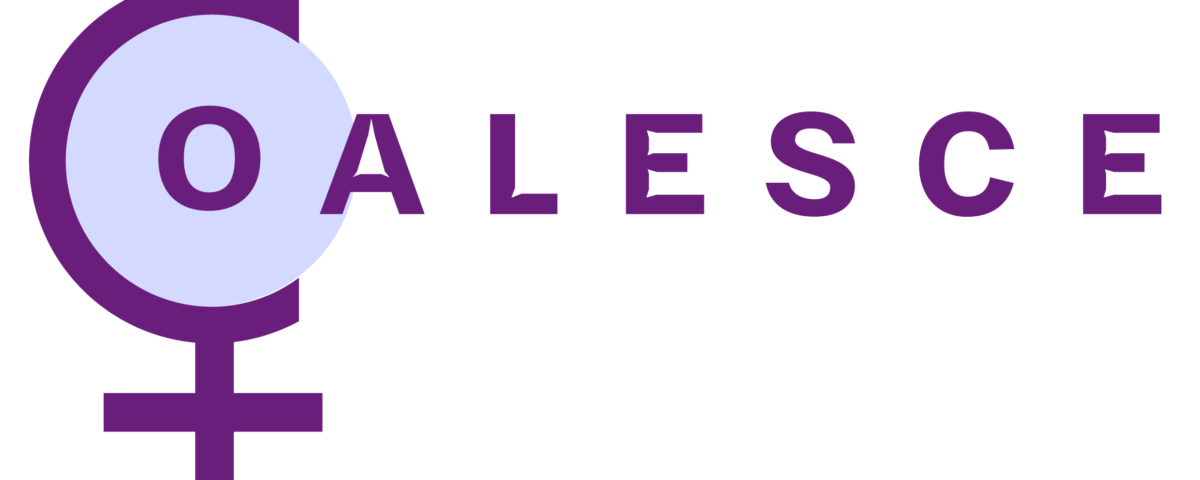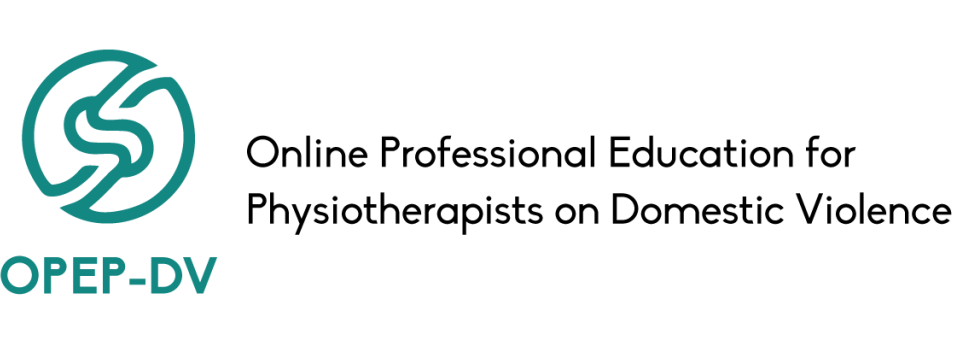COALESCE Policy Brief – Prostitution and Trafficking in Women: Two Interdependent Systems of Male Violence.

Workers’ individual and dyadic coping with the COVID-19 health emergency: A cross cultural study
October 22, 2022
OPEP DV : Project leaflet and literature review
February 8, 2023Nearly 20 years ago, in its Action Plan to Combat Trafficking, Organisation for Security and Co-operation in Europe (OSCE) concluded that the ‘root causes of trafficking in human beings, occurring both in countries of origin and destination, remain insufficiently tackled’. Demand for sexual exploitation was identified as one of such root causes, along with the widespread sex discrimination, violence against women, racial and economic inequalities, conflicts and wars, among others. (OSCE, PC.DEC/557).
The importance of addressing demand for sexual exploitation and prostitution had already been foregrounded in international law, when in 2000, the United Nations adopted a protocol on trafficking, known as the Palermo protocol, obliging states parties “to discourage the demand that fosters all forms of exploitation of persons, especially women and children, that leads to trafficking” (Palermo Protocol, Art. 9.5)
At the same time, the understanding of trafficking in women for the purpose of exploitation in prostitution as a particular form of discrimination and violence against women had been previously elaborated in the Convention on the Elimination of Discrimination against Women (CEDAW) – the major international ‘bill of rights for women’ that developed the concept of de facto or substantive equality for women. Since its adoption in 1979, the convention has been ratified by all EU states and incorporated in the European Union’s law.
Today, over a decade since the adoption of the EU Anti-Trafficking directive and the Istanbul convention, two decades since the adoption of the Palermo protocol, and four decades since CEDAW coming into force, in Europe, trafficking in women for sexual exploitation remains the most widely spread form of exploitation (Europol, 2021). It also remains one of the most underreported crimes with some of the lowest rates of prosecution (OSCE, 2021). As pointed out in the EU Strategy on Combatting Trafficking 2021-2025, “the low numbers of prosecutions and convictions of traffickers still mean that trafficking is a low-risk and high-profit crime”.
Collection and analysis of evidence in six EU states done through the COALESCE project (Mind the Gap national reports, GeSIM Guidebook for Practitioners, GeSIM Evaluation national reports) confirmed that some of the factors preventing victims from engaging with the justice system are their profound disempowerment, including deep psychological and sexual traumas inflicted on women in prostitution by traffickers and buyers of sexual acts, economic and social dependency, fear of reprisals from traffickers, fear of deportation, mistrust in authorities, as well as their general lack of knowledge of local/national legal and social systems.
The low rates of reporting and prosecution, however, have never been the responsibility of the victims. Along with the victim-related obstacles identified in the project, what COALESCE experience demonstrated is that a number of systemic and far more significant factors prevent victims from accessing justice and holding their perpetrators accountable for the crimes.
READ THE FULL POLICY BRIEF ON THE ROOT CAUSES OF TRAFFICKING IN MIGRANT WOMEN FOR EXPLOITATION IN PROSTITUTION



